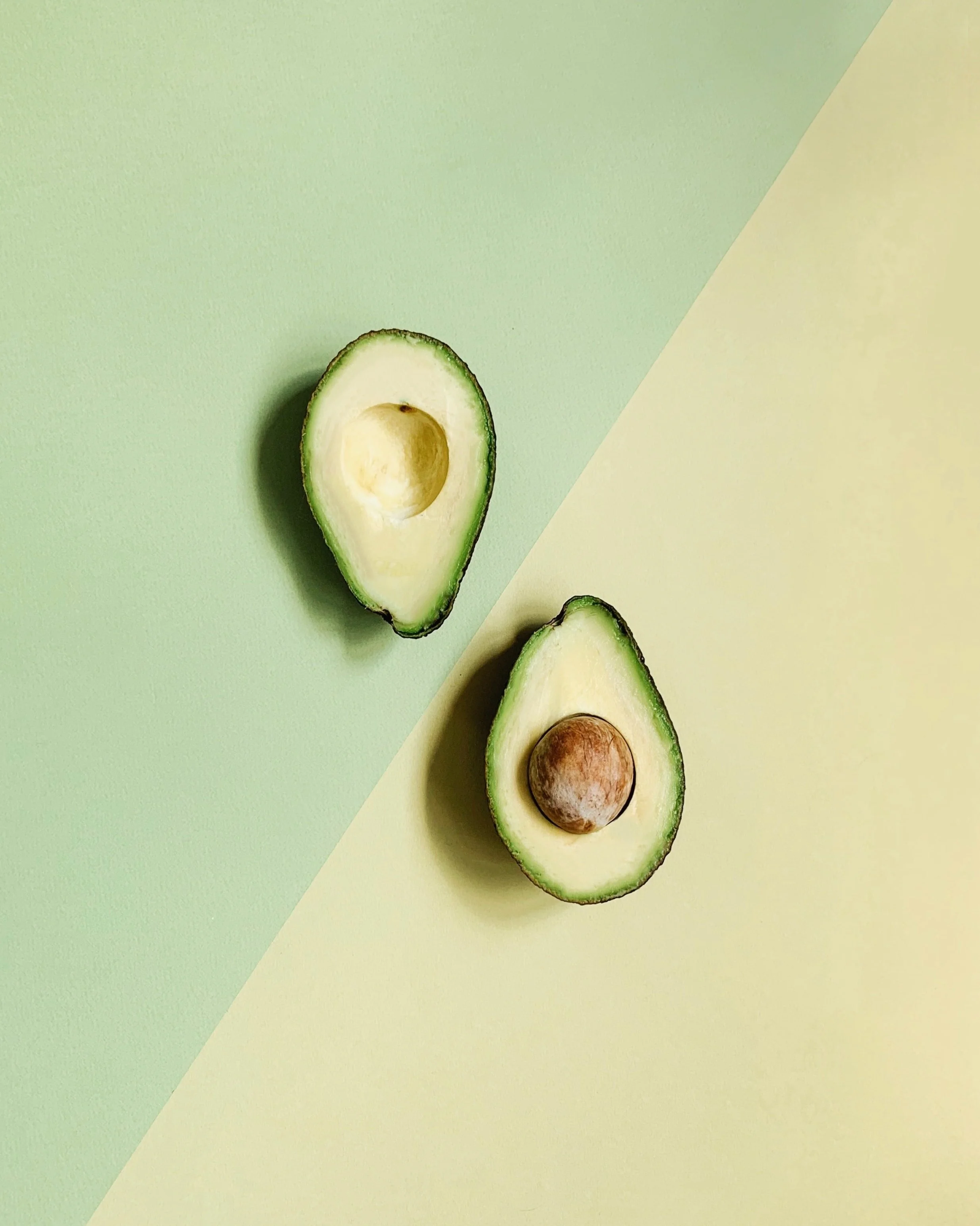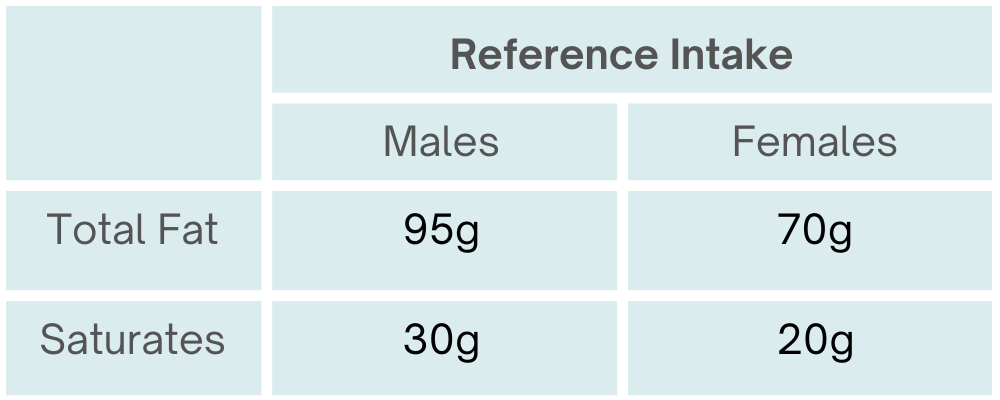Good fats and bad fats explained
What is fat and how much fat do we need each day?
Are we eating too much fat?
What types of fat should we be cutting back on?
What types of fat are healthier choices?
How can we make better choices in the fats we eat?
What is fat?
Fat is a rich source of energy; 1 gram provides 37 kJ (9 kcal). It is made up of building blocks called fatty acids and these are classified as saturated, monounsaturated or polyunsaturated depending on their chemical structure. Some of these are essential components of the diet but others can be harmful to our health if too much is consumed.
All types of fat provide the same number of calories (9kcal/g) regardless of where they come from. This means that too much of any type of fat can encourage weight gain. Foods that contain a lot of fat provide a lot of energy and are called energy-dense foods. Consuming too many energy-dense foods can lead to excess energy intake. This energy will be stored as body fat and, over time, promote the development of obesity, which increases the risk of developing conditions such as heart disease, type 2 diabetes and cancer.
So, how much fat do we need each day?
The recommendations for maximum daily fat intake for adults are shown below.
Are we eating too much fat?
Fat intake should not exceed 35% of our total daily energy intake from food and saturated fat should not exceed 11% of total energy intake from food. In general, the amount of saturated fat we consume is too high. Foods high in saturated fat, such as butter, fried foods, and some cakes, biscuits and pastries, should only be eaten in small amounts, as this type of fat can increase blood cholesterol levels.
As a guideline, men should consume no more than 30g of saturated fat a day and women no more than 20g.
People who are overweight or obese may also need to think about reducing their total fat, as well as saturated fat intake to help them lose weight and avoid further weight gain.
We are not always aware of the amount of saturated fat that we are eating or how much particular foods contribute towards our daily intake. The saturated fat content of a number of popular foods and meals is listed below:
What types of fat should we be cutting back on?
Saturated fats
Too much saturated fat can increase the amount of cholesterol in our blood, which increases the risk of heart disease and stroke. There are two types of cholesterol in the body: HDL (good) cholesterol and LDL (bad) cholesterol. ‘Bad’ cholesterol can build up in our blood vessels and cause them to narrow. This increases the risk of blood clots which can lead to heart attacks or strokes. ‘Good’ cholesterol retrieves the ‘bad’ cholesterol from the body and carries it to the liver so that too much doesn't build up in the bloodstream. High intakes of saturated fat increase the level of ‘bad’ cholesterol in our blood. Recent stories in the media have argued that saturated fat may not be strongly associated with blood cholesterol and heart disease. Several studies have shown a high saturated fat intake to be linked with high cholesterol, and studies have shown that replacing saturated fat with unsaturated fat in the diet reduces blood cholesterol and lowers the risk of heart disease and stroke. Coconut oil has recently become popular in cooking but it is very high in saturated fat and therefore, if liked, should be consumed less often and in very small amounts.
What foods contain saturated fat?
All foods contain a mix of fats. But foods with a higher proportion of saturated fats include fatty meats, full-fat dairy products and some processed foods. Fats with a greater proportion of saturated fatty acids tend to be solid at room temperature (e.g. butter and lard) but some oils (e.g. palm and coconut oil) are also high in saturates.
Trans fats
Trans fats are found naturally in small amounts in meat and dairy products, but much larger amounts are produced in the production of partially hydrogenated vegetable oils. Trans fats produced in this way have been shown to have a more adverse effect on blood cholesterol levels than saturates. But concern about the health implications of consuming high intakes of trans fats has led to changes in manufacturing practices in recent years and good progress has been made to remove these fatty acids from our food chain.
What types of fat are healthier choices?
Unsaturated fats
All fats contain a mixture of saturated and unsaturated fatty acids but choosing foods which contain higher amounts of unsaturated fat, and less saturated fat, is preferable.
Unsaturated fats contain a higher proportion of unsaturated fatty acids and are usually liquid at room temperature. Mono-unsaturated and poly-unsaturated fats help to maintain healthy cholesterol levels and are found in vegetable oils such as olive, rapeseed and sunflower oils, avocados, nuts and seeds. Poly-unsaturated fats provide us with essential fatty acids like omega-3 which are important for health.
Omega 3 fatty acids
These are a group of poly-unsaturated fatty acids. These are found in oily fish (e.g. mackerel, salmon and sardines) and in smaller amounts in sunflower oil, flax, linseed oil and walnuts. Omega 3 fatty acids are associated with good heart health as they can help to prevent blood clotting and regulate heart rhythm. They are also important during pregnancy and breastfeeding to support child development. In order to get the benefits from these fatty acids we should all aim to eat at least one portion of oily fish per week.
Good sources include mackerel, salmon, pilchards, sardines, kippers, herring, trout, fresh crab, whitebait and swordfish
How can we make better choices in the fats we eat?
We should all try to cut down on the amount of saturated fat that we consume and choose healthier foods containing unsaturated fatty acids instead, from foods like avocados, nuts and fish. These foods are typical of the Mediterranean diet, which is associated with good heart health and a lower risk of heart disease.
Vegetable oils such as rapeseed, olive, sunflower, soya, sesame oils, and spreads made from these oils are healthier alternatives to oils or fats rich in saturated fats (e.g. lard, butter, palm and coconut oil) as they contain a higher proportion of unsaturated fatty acids.
It’s easy to make small changes to cut back on saturated fat. Here are some examples of simple swaps you can make to reduce the amount of saturated fat you consume:
Remember:
Healthier fats are an important part of your diet, but it is still crucial to moderate your consumption of them because all fats are high in calories.
It’s a good idea to incorporate foods that contain monounsaturated and polyunsaturated fats. It’s a strategy that will help your heart and improve your quality of life.




